1. A problem
Typically, we see the task of education as making the world clearer. But too much clarity is boring — students seek secrets.
2. Basic plan
Once a week or so, post a ciphered message for all to see. Start simple, and gradually make them harder.
In general, don’t show the answer, don’t explain the solution, and (for the love of God) don’t grade this. Leave this as an entirely optional piece of the curriculum.
In general, replace the message each week, even if no one has solved it. If no one ever even tries to solve them, abandon the pattern without comment. Explain nothing.
3. What you might see
You walk into a second grade class on a Tuesday morning to find a piece of paper stuck to the wall with some seemingly-random numbers on it. Upon your attempts to decipher it, you discover that it’s one of the simplest codes of all — the Alphabet Number Cipher (A → 1, B → 2, C → 3, and so on). And yet, students seem to be enthralled by it!
Upon later visits over the years, you find ciphers like —
a Caesarian Shift Cipher with an offset of 11: A → L, B → M, C → N
Atbash, where the first shall be last and the last first: A → Z, B → Y, C → X
Simple Substitution, in which the offsets are just random: A → M, B → Q, C → C
Morse Code: A → .– , B → –... , C → –.–.
Vigenère, in which the offset changes with each letter and you need to know the key and holy crap this is hard
When you come in on New Cipher Days, you find a handful of kids avidly staring at the wall, swapping guesses and trying out new ideas.
4. Why?
Lsriwxpc, M ger'x uymxi fvmrk qcwipj xs wec xlex xlmw izir MW tevxmgypevpc mqtsvxerx — fyx xli jegx xlex csy xsso xli xmqi xs higmtiv xlmw wiiqw xs wec wsqixlmrk, lyl?
5. Egan’s insight
Where do we see this in the human experience?
The art of cryptography is old, and has attracted some of our greatest minds like moths to a porch lamp: Francis Bacon, Charles Babbage, Alan Turing… (It’s fun to see that a lot of ciphers that now seem like trivial kid stuff — like Atbash — were once state-of-the-art ways to hide important secrets. Heck, some of this even makes it into the Bible!1)
How might this build different kinds of understanding?
“Aha!” I thought, “this is clearly an analytic, numbers-based, PHILOSOPHIC (👩🔬) pattern! Case closed.” Then I remembered that most good patterns’ power comes when they bring together multiple kinds of understanding, and I thought I should look a bit further.
A cipher is a kind of 🧙♂️PUZZLE, but one entirely dependent on finding a 🤸♀️PATTERN through being willing to 🤸♀️PLAY with what you see. (Oh, what do these weird emoji mean?)
To decipher one requires conducting many 👩🔬EXPERIMENTS; to decipher many trains oneself in 👩🔬LOGICAL REASONING. This is also a sign of the 👩🔬QUANTIFICATION OF EVERYTHING.
Finally, learning the stories behind a specific type of cipher — like how Akbash is used in the Bible — is a way of bringing 🦹♂️HUMANIZING KNOWLEDGE.
6. This might be especially useful for…
The scads of people who actually seek out ciphers — in newspapers, on websites, in video games, in actual reality, or in virtual reality. (No, really: people seek secrets.)
7. Critical questions
Q: How early can I start this?
Perhaps as kids learn to read. The spelling system itself is a cipher: it codes sounds into squiggles. You could start as simply as having a backwards-writing code. Or, better: Edoc gnitirw-sdrawkcab a gnivah sa ylpmis sa trats dluoc uoy.
Q: My kid is a cipher-freak. Can I do this more often?
For the right sort of kid, I can imagine this becoming a major part of the curriculum: daily, for some, is not too often.
Q: I have no idea how to encipher — is that even the right word? — ANYTHING. How am I supposed to do this?
The late, great Martin Gardner has a book for you: Codes, Ciphers and Secret Writing. It’ll walk you through so many — and it might be a fun book to “accidentally leave out” on a table, for a kid to find.
Q: Nope, still too scary. Help me.
When I was making these for my Science is WEIRD classes, I just dumped my messages into a few websites: cryptii.com,2 dcode.fr, and rumkin.com. (There are more.)
Q: Can they encipher messages themselves?
Yes.
Q: How long should I stay on a single type of cipher?
Probably longer than you think. A joyous moment comes when you watch your kid look at a code, and say “huh, that one-letter word ‘w’ probably means either ‘a’ or ‘I’, which means that the offset is either 4 or 12…”
This only comes after many instances of dealing with a certain cipher.
Q: Should we always stick to a certain type of cipher for a long period?
No — you’ll want to regularly (and without warning!) jump back to old types. (Much of the fun of ciphers is learning to figure out “what sort of code does this seem like?”)
Q: What should the messages themselves be?
Jokes. Quotes from a book, poem, or movie they’ve enjoyed. Fun facts about the topic you’re learning about in science that you didn’t quite get to.
Or: a sweeping story, many chapters long, in which each message carries some weight. This is what I did last year in Science is WEIRD — a tale of alien invasion, secret agents going rogue, a hidden set of rulers, and the quest to save the Earth. It took a lot of work. Frankly, I recommend not starting with anything so epic.
You DO have another question, don’t you? Lucky you — the comments section is turned on for all subscribers! All you need to do is click the button below…
8. Physical space
At home
As time goes on, you might want to help your kid set out a basket and call it a “Cipher Station”. With your kid, make some of the tools for code cracking — I’m thinking a cipher wheel:
…a Morse code chart:
…the Standard Vorticon Alphabet:
…and ultimately (eep!) a Vigenère chart:
In a classroom
Same stuff, but bigger! Maybe commandeer an entire bulletin board and post the weekly cipher in the middle of it. Surround it with intriguing posters of famous codes and cryptographers through history — turn it into a mini-museum of cryptography.
9. Who else is doing this?
…apparently the NSA used to have a project called “CryptoKids” that was supposed to identify future cryptographers? From the press release:
The CryptoKids make researching America’s cryptologic heritage and learning about NSA/CSS fun. They provide students with activities and games ranging from simple coloring pages to complex codemaking and codebreaking exercises. They provide information on the Agency’s educational programs and future employment opportunities.
It seems to have gone dark, which in a typical startup would mean it’s defunct, but here might mean that it’s working so well that your hearing about it would be a threat to national security.
Other than that, I haven’t found many… wait, wait! I just found what looks to be a promising curriculum, the CryptoClub Project, which describes itself as “middle-grade cryptography & mathematics”. It’s out of the University of Chicago; if someone would like to check it and write a review here (perhaps from a vaguely-Egan perspective? I can give advice), just let me know in the comments.3
How might we start small, now?
Print out the following, and stick it to your fridge:
Pbatengf! Lbh'ir whfg svtherq bhg lbhe svefg pvcure ol svthevat bhg jung ab bar va Senapr pbhyq va 50 OP. (Guvf zrgubq vf anzrq nsgre Whyvhf Pnrfne, jub znqr vg snzbhf ol hfvat vg gb cnff zrffntrf fb gur Tnhyf pbhyqa'g ernq 'rz.) Abj, pna lbh rapbqr bar onpx?
See if you (or anyone in your home) can figure it out.
10. Related patterns
Other Alphabets° is really just an extension of this, though one more directly tied to the human world. And now that I step back, this is a lot like Boss Questions°, except it’s not tied directly into the rest of the math curriculum.
Afterword:
My family and I are driving to Texas for the eclipse, so the next “book” club will be a bit later than usual:
Saturday April 20th
3pm Eastern Standard Time / 12pm Pacific Standard Time
We’ll be discussing classical education — and to what extent Egan education is, or isn’t it! (If my forays into this discussion are anything, prepare for a feisty meeting.)
The reading will be Emma Green’s recent piece in The New Yorker, “Have the Liberal Arts Gone Conservative?”; the extra-deep piece will be the famous essay by Dorthy Sayers, “The Lost Tools of Learning”.
All paid subscribers are invited to come. (I’ll send out the Zoom link the day of.)
Check out Jeremiah’s prediction about the king of Sheshak. The kicker: there’s no such place as Sheshak.
Warning: it defaults to using the Enigma cipher. Unless one of your kids is Alan Freaking Turing, you should probably not default to using the Enigma cipher.
I’m not seeing a price; if you need a bit of money to try it out, and promise to do your best to write the review, lemme know, and I’ll share some of this sweet, sweet blog-writing money with you.




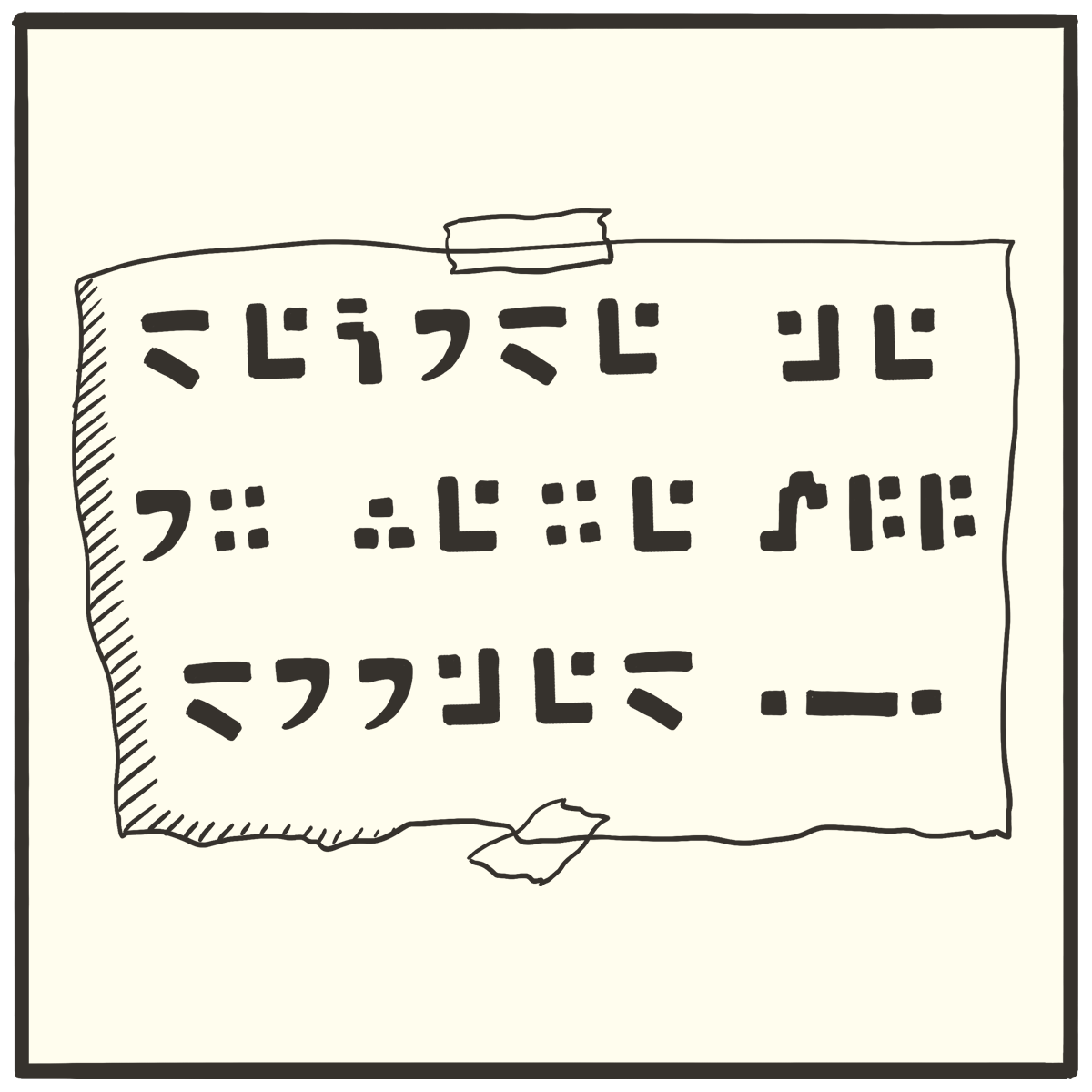
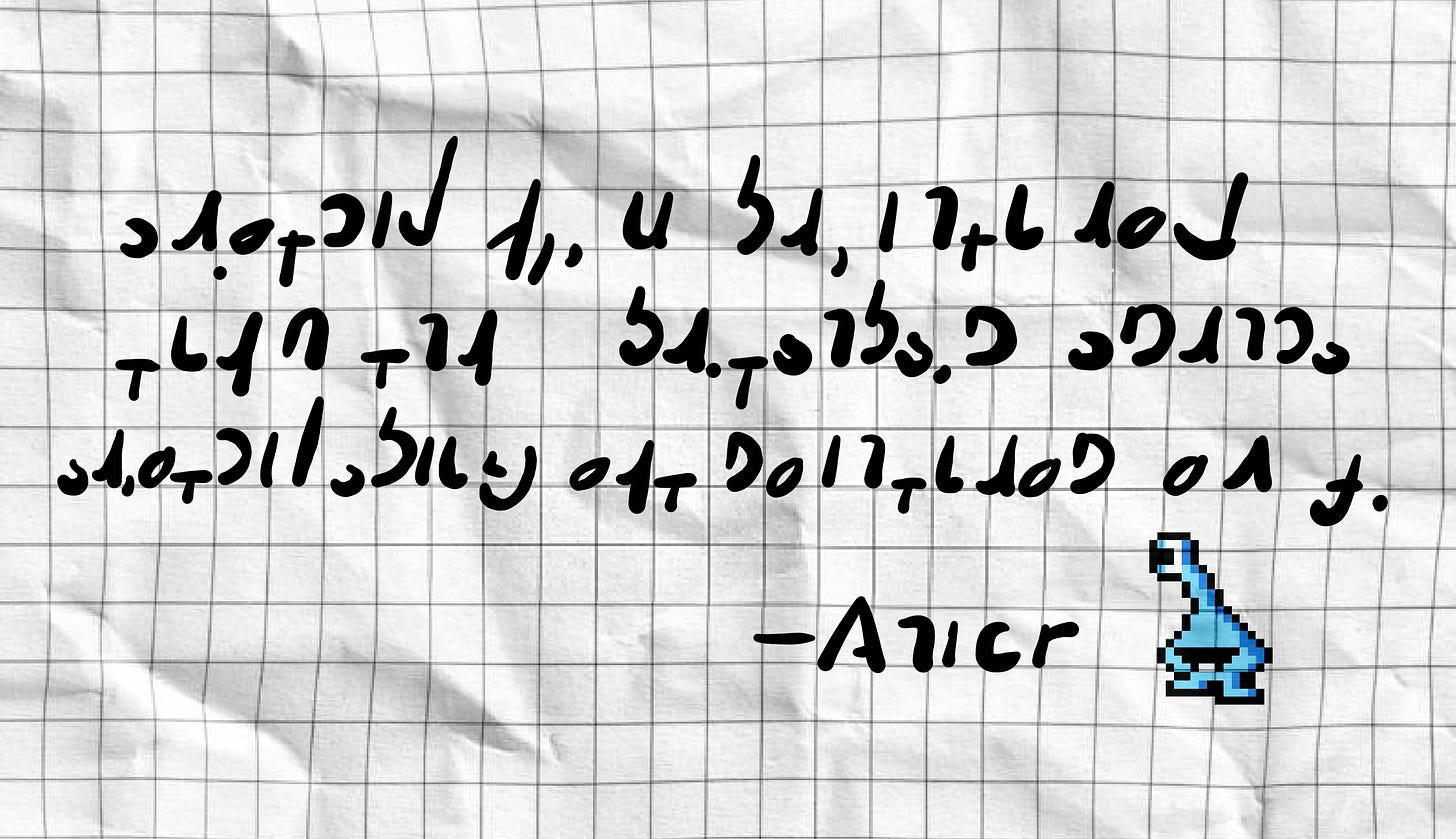
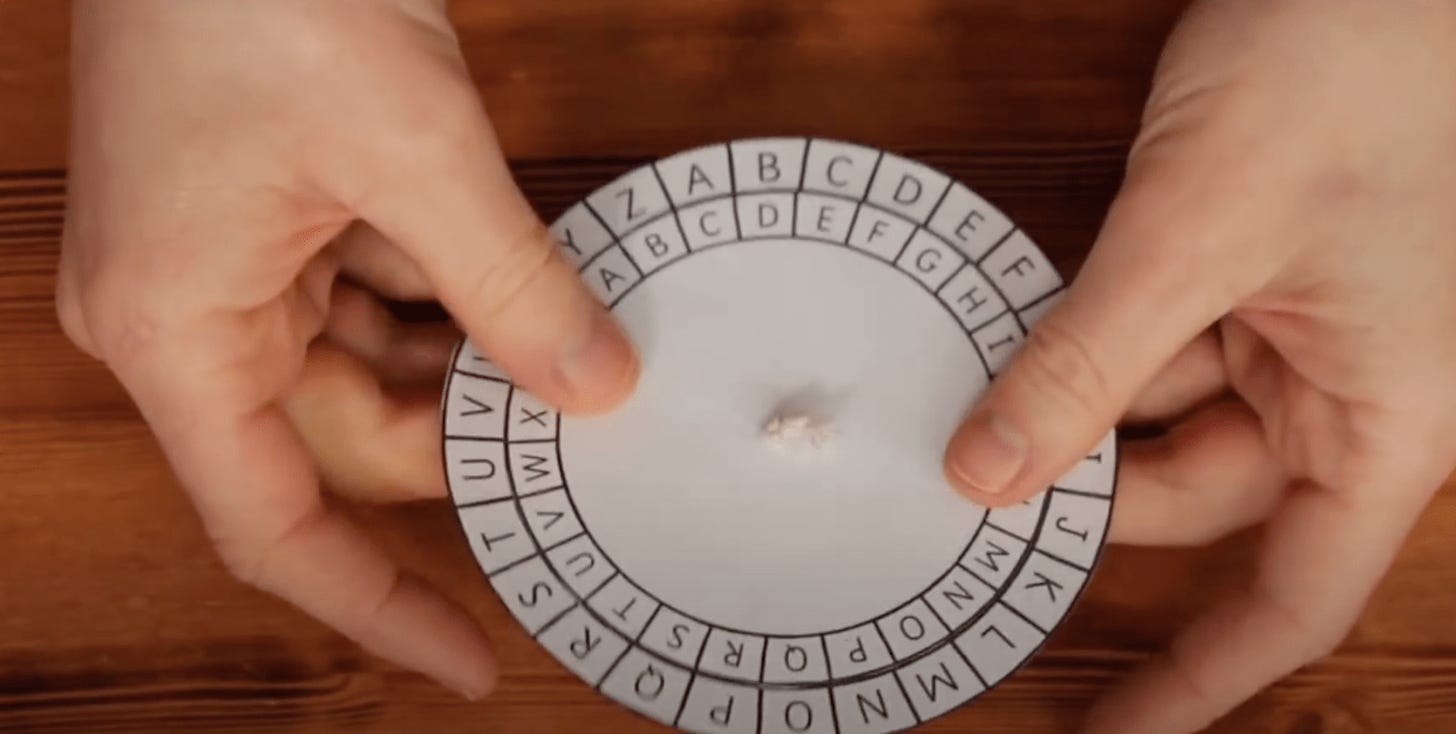
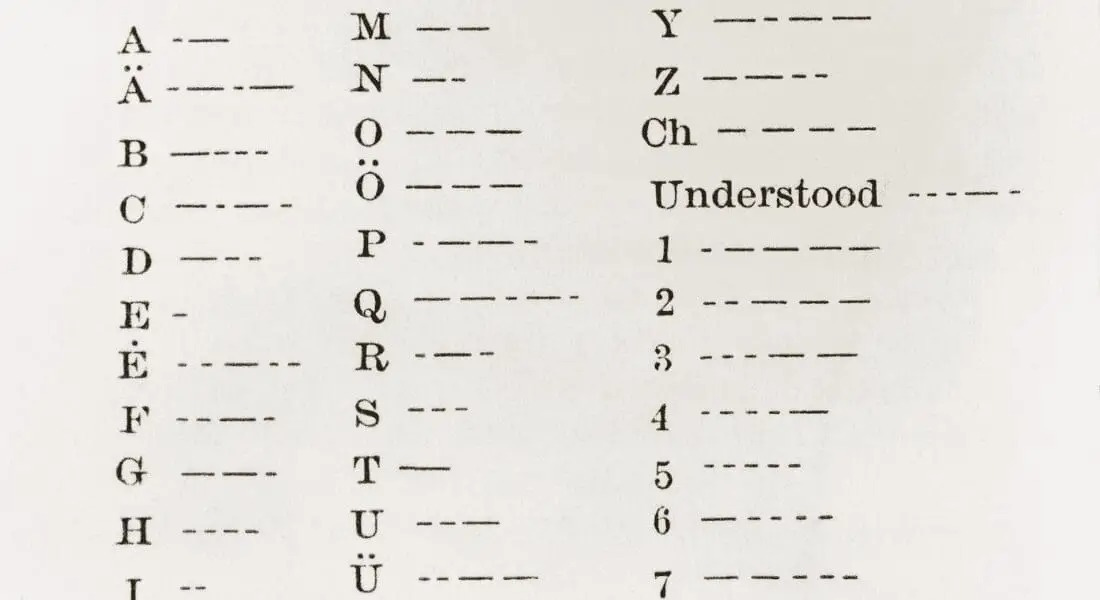
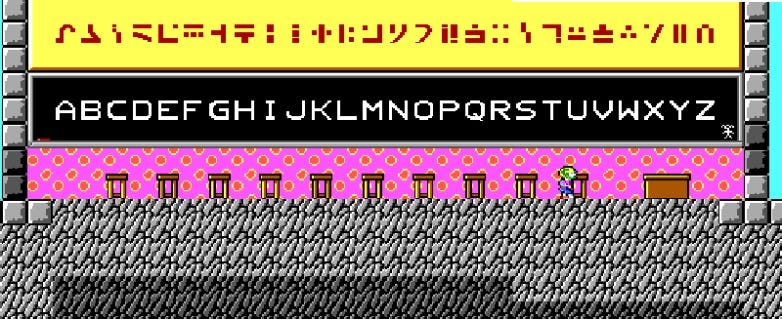
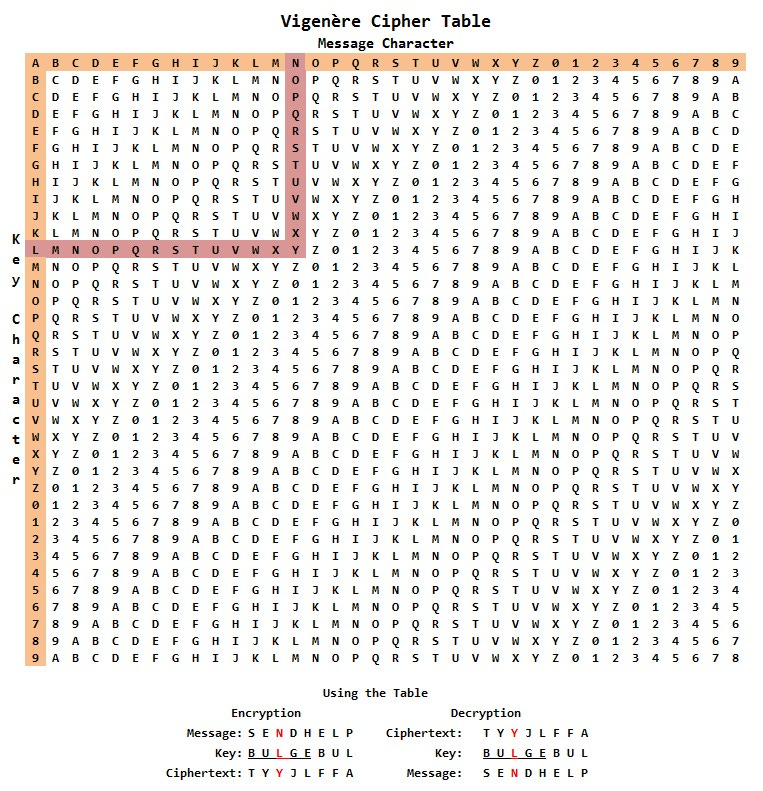
Aaah, ciphers! How nice to see them here. Something I really like about them is that you can, depending on your preferences, break them either mathematically or linguistically or a combination of both. The mathematical kid will at some point figure out that Caesar (and Vigenère) are a kind of "adding"; maybe you can then tell them that mathematicians call this "modulo 26". One consequence of this is that if you don't have a Vigenère table to hand, you can just use your cipher wheel - figuring out how (to both encrypt and decrypt) could be a fun challenge by itself. For more on this topic, I recommend The Code Book by Simon Singh (the guy who also wrote the book on Fermat's Last Theorem).
The more language-arts oriented kid might note that only "a" and "I" are valid one-letter words (ok, sometimes "O" too), and work things out from there. Or notice patterns in words, because you can get a lot out of an encoded word with some letter WJUJYNYNTS. The first historically recorded case of this is from the Persian scholar Al-Khwarizmi, who apart from inventing like half the modern elementary math curriculum, once was faced with an encrypted letter and guessed that it began "In the name of Allah ...". And so the code was revealed.
ChatGPT-4 deciphered the "Why" section on the first attempt, which makes me uncertain that the idea can work in the future when every child has an access to an even smarter AI